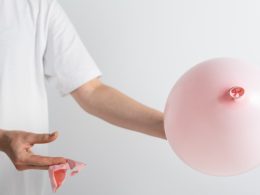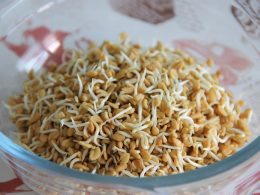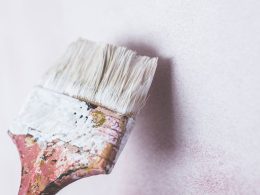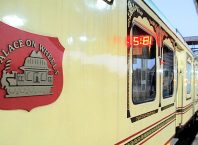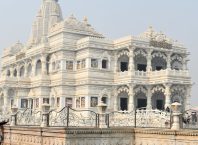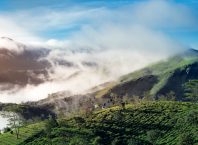Table of Contents
India is a country with a rich cultural heritage, and its museums are a testament to its glorious past. With over 2000 museums across the country, India is home to some of the world’s most fascinating museums, showcasing a diverse range of artifacts, sculptures, paintings, and more.
These Museums in India offer a glimpse into India’s rich history, art, culture, and tradition, and attract millions of visitors from across the globe. From ancient relics to contemporary art, each museum in India has its unique collection that tells a story of its own.
Museums in India are a treasure trove of knowledge and are the perfect place to learn about the country’s past and present. Whether you are interested in archaeology, art, science, or technology, Museums in India have something for everyone.
Indian Museum, Kolkata History
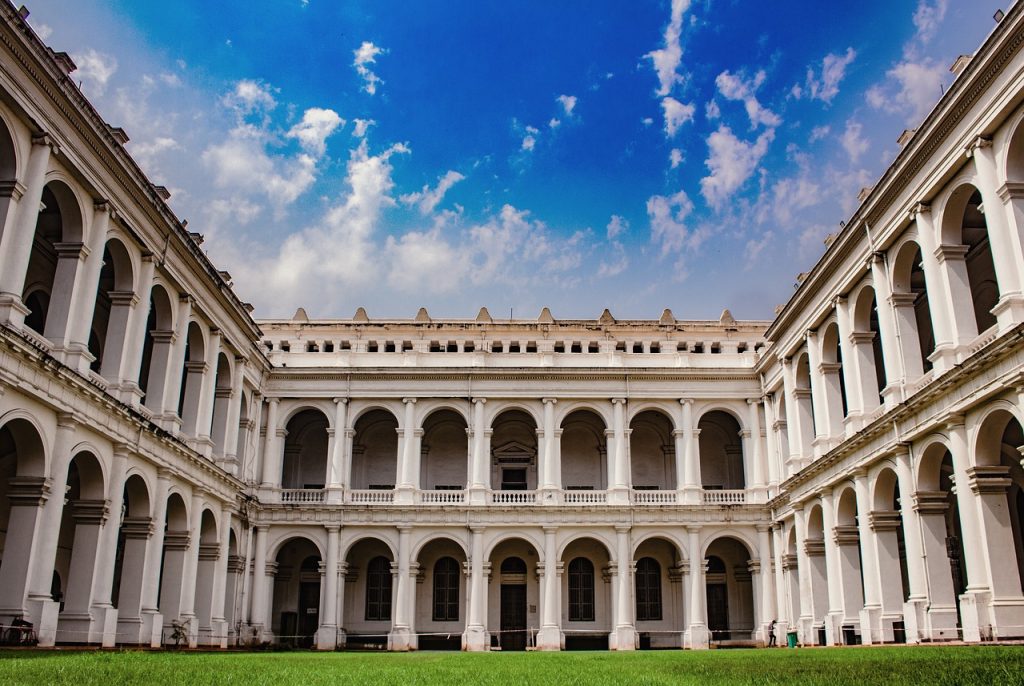
History
The Indian Museum in Kolkata is the oldest and largest museum in India, established in 1814 by the Asiatic Society of Bengal. The museum is located in the heart of Kolkata and is famous for its vast collection of artifacts, antiques, and specimens related to art, archaeology, anthropology, geology, and zoology.
The museum started with a small collection of natural history specimens and grew over the years to become one of the most significant museums in the world. It played a crucial role in the development of modern Indian art and archaeology, and its collection includes some of the most exquisite specimens of Indian art and heritage.
The Indian Museum has a rich history and has been a witness to many significant events in India’s past. From the Indian independence movement to the Bengal Renaissance, the museum has played an important role in preserving India’s cultural heritage and promoting the study of science and art.
Location: 27 Jawaharlal Nehru Road, Kolkata
Time Required: 3-4 hours
Operational Hours: 10 am to 5 pm (Closed on Mondays and national holidays)
Best Time to Visit: Winter Season (November to February),
What’s Special: The museum has several galleries dedicated to different subjects, such as anthropology, archaeology, art, and geology. It has a rare collection of Egyptian mummies, Buddhist artifacts, and paintings by famous artists such as Rabindranath Tagore.
National Museum, New Delhi
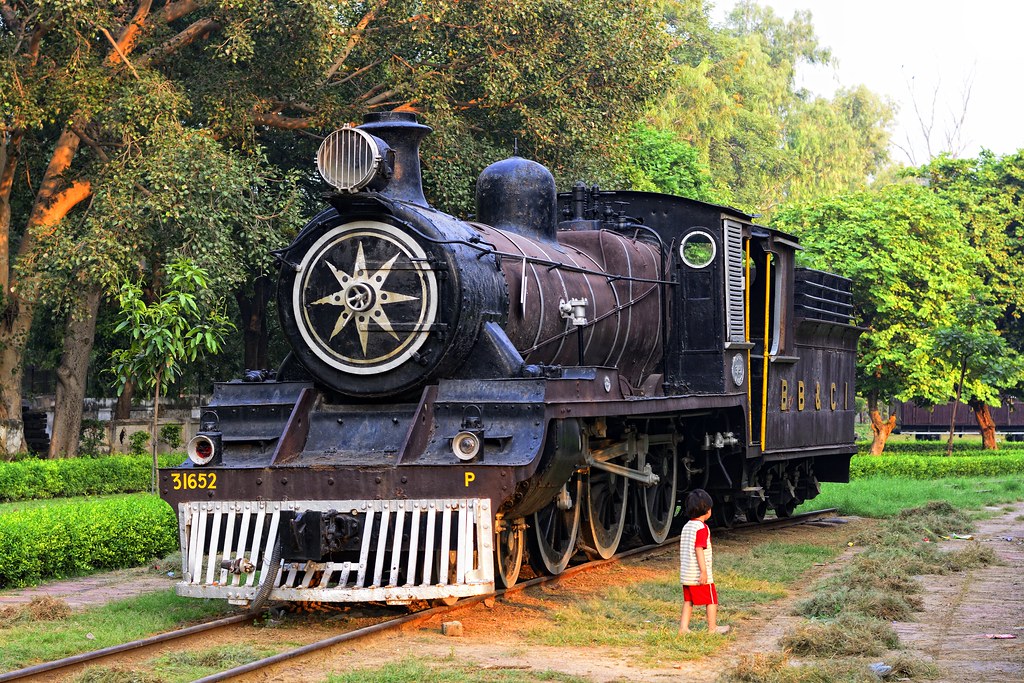
History
The National Museum in New Delhi is one of the most significant museums in India and houses a vast collection of artifacts, paintings, and sculptures related to the country’s rich cultural heritage. It was established in 1949 and is located in the heart of the city.
The museum’s history can be traced back to the early 20th century when the Indian Historical Records Commission started collecting artifacts and manuscripts related to Indian history and culture. Over the years, the collection grew, and in 1949, the National Museum was established to showcase India’s rich cultural heritage.
The museum has several galleries dedicated to various themes, including archaeology, manuscripts, miniature paintings, decorative arts, arms and armor, and textiles. It has a vast collection of over 200,000 artifacts, including rare and ancient pieces of Indian art and culture.
The National Museum has played an important role in promoting Indian culture and heritage and has been a hub for research and education related to India’s history and art. It is one of the must-visit museums in India for anyone interested in the country’s rich cultural heritage.
Location: Janpath, New Delhi
Time Required: 3-4 hours
Operational Hours: 10 am to 6 pm (Closed on Mondays and national holidays
Best Time to Visit: November to February
What’s Special: The museum has several galleries dedicated to different subjects, such as archaeology, art, and natural history. It has a rare collection of Indus Valley Civilization artifacts, Mughal paintings, and Buddhist sculptures.
Salar Jung Museum, Hyderabad
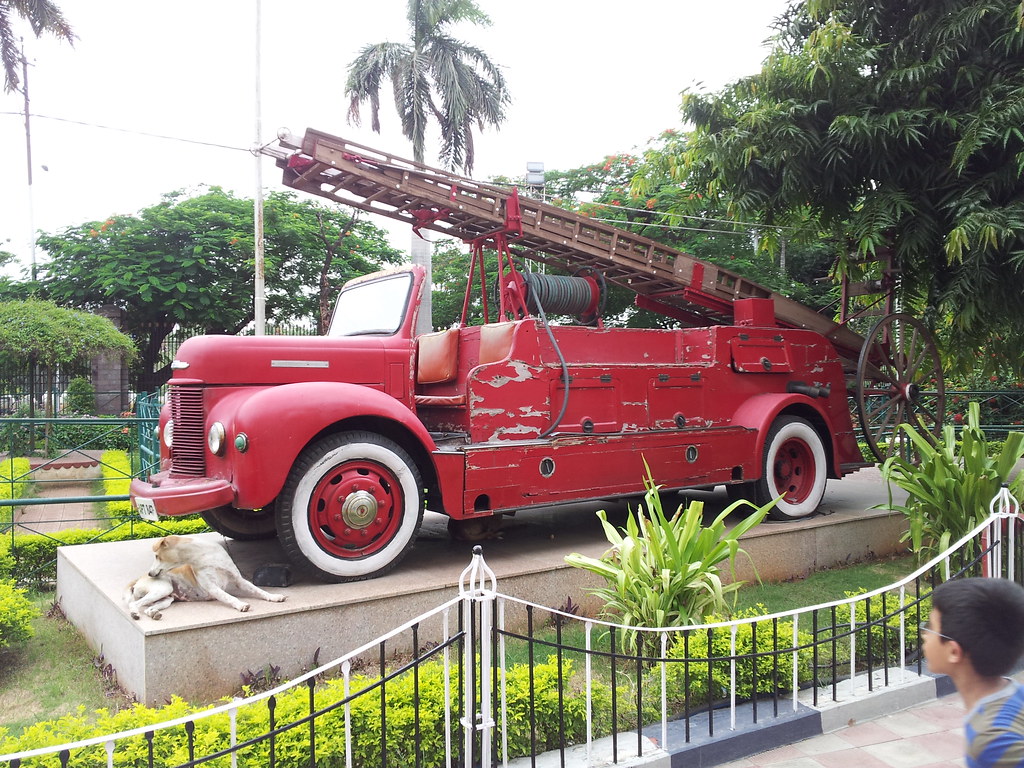
History
The Salar Jung Museum in Hyderabad is one of the most significant museums in India and houses one of the largest collections of art and antiques in the world. The museum was established in 1951 and is named after Mir Yousuf Ali Khan, also known as Salar Jung III, who was a former prime minister of the seventh Nizam of Hyderabad.
Salar Jung III was a passionate collector of art and antiques and had amassed an extensive collection over his lifetime. When he passed away, his family donated his entire collection to the government of India, and it became the foundation of the Salar Jung Museum.
The museum’s collection includes over 43,000 art objects and antiques, including paintings, sculptures, textiles, manuscripts, ceramics, and carpets, to name a few. The collection spans over several centuries and includes items from various parts of the world, including India, China, Egypt, and Europe.
The Salar Jung Museum is a testament to the passion of Salar Jung III and his love for art and antiques. It is an important cultural institution in India and attracts visitors from all over the world who come to admire its vast collection of art and artifacts.
Location: Darul Shifa, Hyderabad
Time Required: 3-4 hours
Operational Hours: 10 am to 5 pm (Closed on Fridays)
Best Time to Visit: April to June
What’s Special: The museum has several galleries dedicated to different subjects, such as art, ceramics, and textiles. It has a rare collection of jade artifacts, paintings by Raja Ravi Varma, and European art.
Chhatrapati Shivaji Maharaj Vastu Sangrahalaya, Mumbai
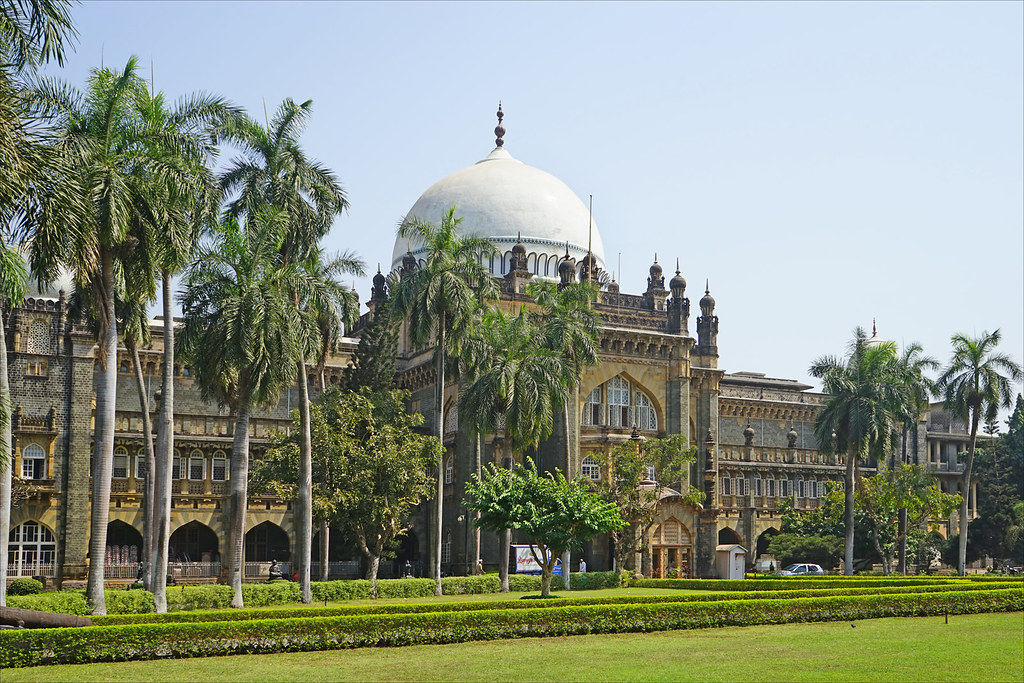
History
The Chhatrapati Shivaji Maharaj Vastu Sangrahalaya, formerly known as the Prince of Wales Museum of Western India, is a museum located in Mumbai. The museum was built in the early 20th century to commemorate the visit of King George V and Queen Mary to Mumbai in 1911.
The building was designed by George Wittet, the same architect who designed the Gateway of India, and is an excellent example of Indo-Saracenic architecture. The museum’s collection was originally focused on the art, archaeology, and natural history of India, but it has since expanded to include artifacts from other parts of the world.
Today, the museum’s collection includes over 50,000 artifacts, including ancient Indian sculptures, miniature paintings, rare coins, and textiles. It also has an extensive collection of European paintings, porcelain, and other decorative arts.
The Chhatrapati Shivaji Maharaj Vastu Sangrahalaya is one of the most significant cultural institutions in Mumbai and attracts visitors from all over the world who come to admire its vast collection of art and artifacts.
Location: Kala Ghoda, Mumbai
Time Required: 3-4 hours
Operational Hours: 10:15 am to 6 pm (Closed on Mondays and national holidays)
Best Time to Visit: November to February
What’s Special: The museum has several galleries dedicated to different subjects, such as archaeology, art, and natural history. It has a rare collection of miniature paintings, jade artifacts, and sculptures from the Elephanta Caves.
Victoria Memorial Hall, Kolkata

History
The Victoria Memorial Hall is a museum and memorial located in Kolkata, West Bengal. The building was designed by William Emerson, a British architect, and was built between 1906 and 1921 in memory of Queen Victoria, who was the Empress of India.
The Victoria Memorial is an impressive example of Indo-Saracenic architecture and features a blend of British and Mughal architectural styles. The museum’s collection includes paintings, sculptures, manuscripts, and other artifacts from the British colonial period in India.
The museum’s galleries are organized thematically, with exhibitions on Indian art, British colonial history, and the life and reign of Queen Victoria. The Victoria Memorial also has a large collection of portraits of the British royal family, as well as rare photographs of India during the colonial period.
Operational Hours: 10 am to 5 pm (Closed on Mondays and national
Location: Queen’s Way, Kolkata
Time Required: 2-3 hours
Best Time to Visit: October to March
What’s Special: The museum has several galleries dedicated to different subjects, such as art, textiles, and sculptures. It has a rare collection of paintings by famous artists such as Thomas Daniell and William Daniell, as well as portraits of Queen Victoria and her family.
Government Museum and Art Gallery, Chandigarh
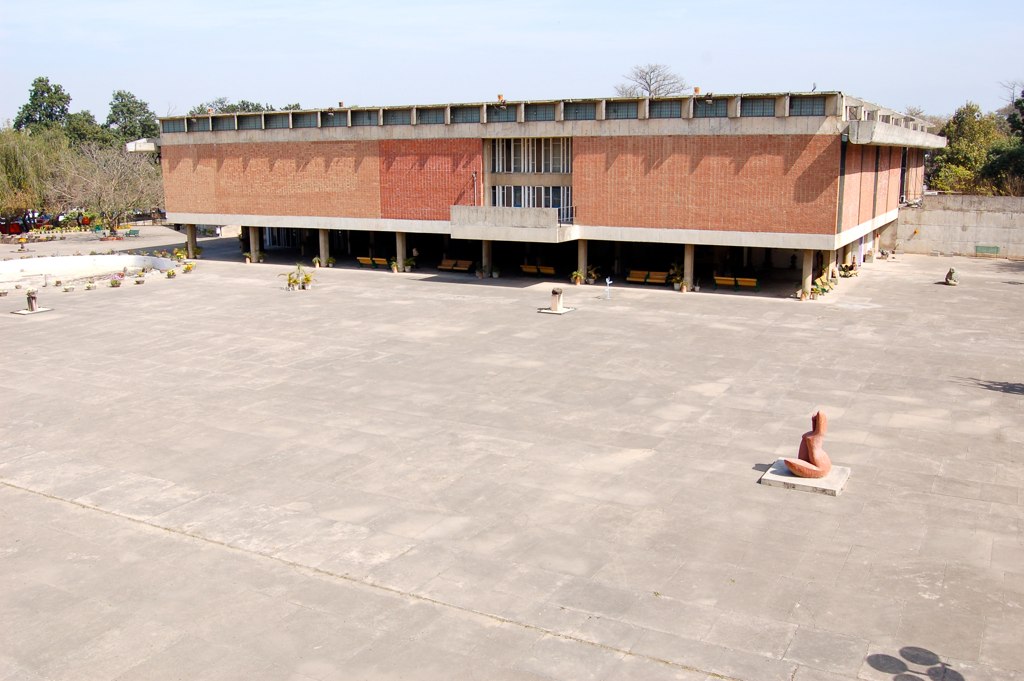
History
The Government Museum and Art Gallery in Chandigarh is a museum and art gallery located in the city of Chandigarh, India. It was designed by Le Corbusier, a famous Swiss-French architect, and was established in 1968.
The museum has a vast collection of Indian and international art, with a focus on modern and contemporary art from the 20th and 21st centuries. The museum’s collection includes works by Indian artists such as Amrita Sher-Gil, Nandalal Bose, and Jamini Roy, as well as international artists such as Henry Moore, Pablo Picasso, and Pierre-Auguste Renoir.
In addition to its art collection, the museum also has galleries dedicated to natural history, archaeology, and anthropology, with exhibits on the ancient civilizations of India and the history of the region.
The Government Museum and Art Gallery is a significant cultural institution in Chandigarh and is a popular destination for art lovers and history buffs. The museum also hosts regular exhibitions and educational programs, making it a dynamic and engaging space for visitors of all ages.
Operational Hours: 10 am to 4:30 pm (Closed on Mondays and national holidays)
Location: Jan Marg, Chandigarh
Time Required: 2-3 hours
Best Time to Visit: October to March
What’s Special: The museum has several galleries dedicated to different subjects, such as art, natural history, and archaeology. It has a rare collection of Gandhara sculptures, Pahari paintings, and coins from the Gupta Empire.
Dr. Bhau Daji Lad Museum, Mumbai
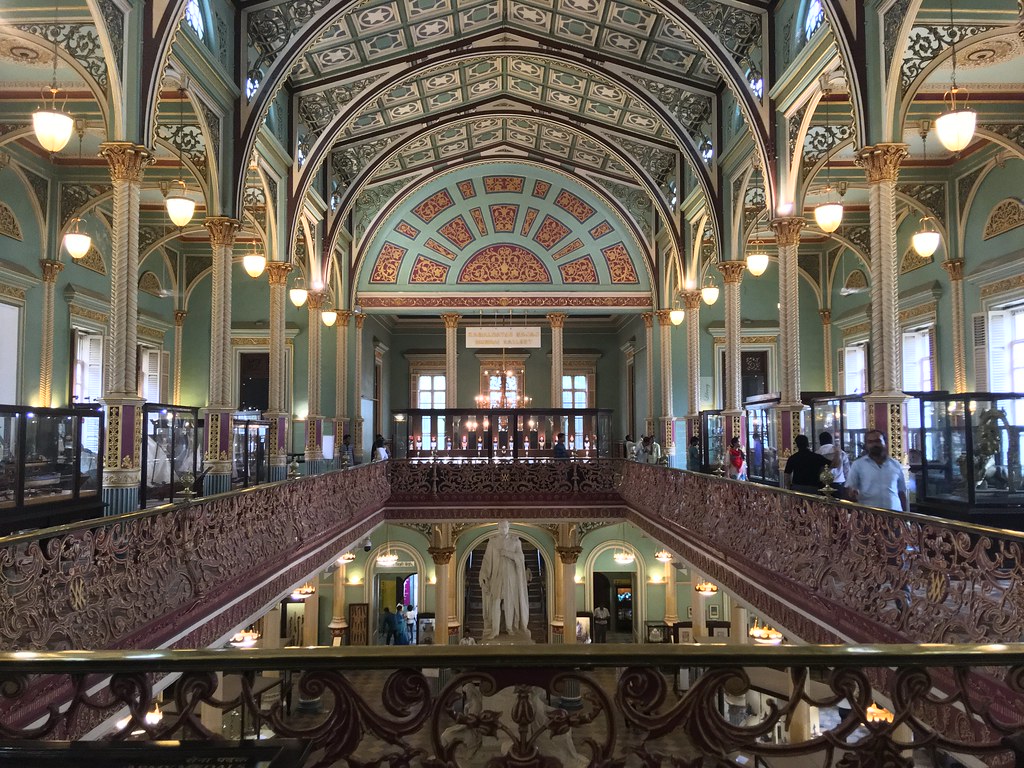
History
The Dr. Bhau Daji Lad Museum is located in the Byculla neighborhood of Mumbai and is the oldest museum in the city. It was established in 1855 as the Victoria and Albert Museum and was later renamed in honor of Dr. Bhau Daji Lad, a prominent 19th-century Indian physician and philanthropist.
The museum’s collection includes over 12,000 objects, including decorative arts, textiles, and archaeological finds from the region. Some of the most notable objects in the collection include intricately carved sandalwood objects, antique silverware, and a large collection of photographs of Mumbai from the 19th and early 20th centuries.
The museum’s building itself is also a notable attraction, as it is a beautiful example of Victorian architecture with ornate details and intricate carvings. The museum underwent a major renovation in the early 2000s, which restored it to its former glory and added modern amenities like a café and an auditorium.
Operational Hours: 10 am to 6 pm (Closed on Wednesdays)
Location: Byculla East, Mumbai
Time Required: 2-3 hours
Best Time to Visit: November to February
What’s Special: The museum has several galleries dedicated to different subjects, such as archaeology, art, and natural history. It has a rare collection of maps, photographs, and lithographs.
Shankar’s International Dolls Museum, New Delhi
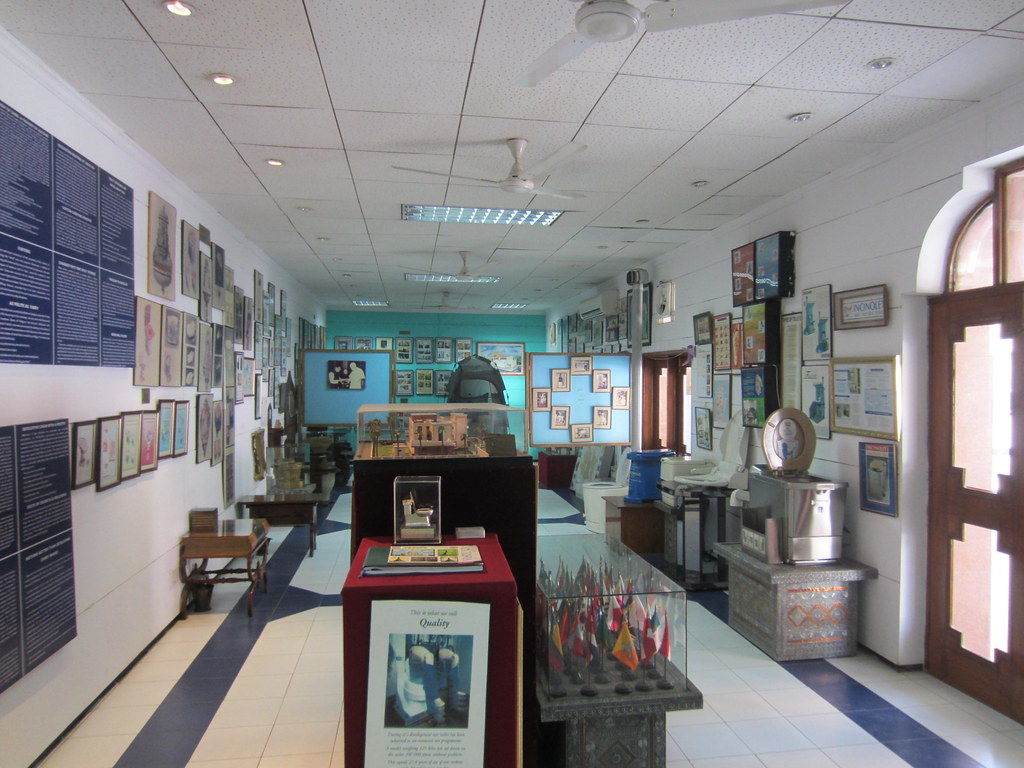
History
Shankar’s International Dolls Museums in India is a unique museum located in the heart of New Delhi, India. The museum was established in 1965 by the famous political cartoonist, K. Shankar Pillai, with the aim of promoting cultural understanding and international goodwill through the medium of dolls.
The museum’s collection consists of over 7,000 dolls from more than 85 countries around the world, including India, Japan, Russia, the United States, and many more. The dolls are dressed in traditional costumes and are arranged in dioramas, which depict scenes from everyday life in the countries they represent.
One of the highlights of the museum is the collection of Indian dolls, which includes dolls representing various regions and communities of India, such as Rajasthan, Gujarat, and Kerala. There is also a special exhibit dedicated to Mahatma Gandhi, featuring dolls depicting his life and achievements.
The museum is a popular destination for families and children, as it provides a fun and interactive way to learn about different cultures and traditions. Visitors can take guided tours, attend puppet shows and storytelling sessions, and even participate in workshops where they can make their own dolls.
Operational Hours: 10 am to 6 pm (Closed on Mondays)
Location: Nehru House, New Delhi
Time Required: 2-3 hours
Best Time to Visit: October to March
What’s Special: The museum has several galleries that showcase dolls from different countries and cultures. It has a rare collection of Indian dolls, Japanese dolls, and Barbie dolls.
Napier Museum, Thiruvananthapuram
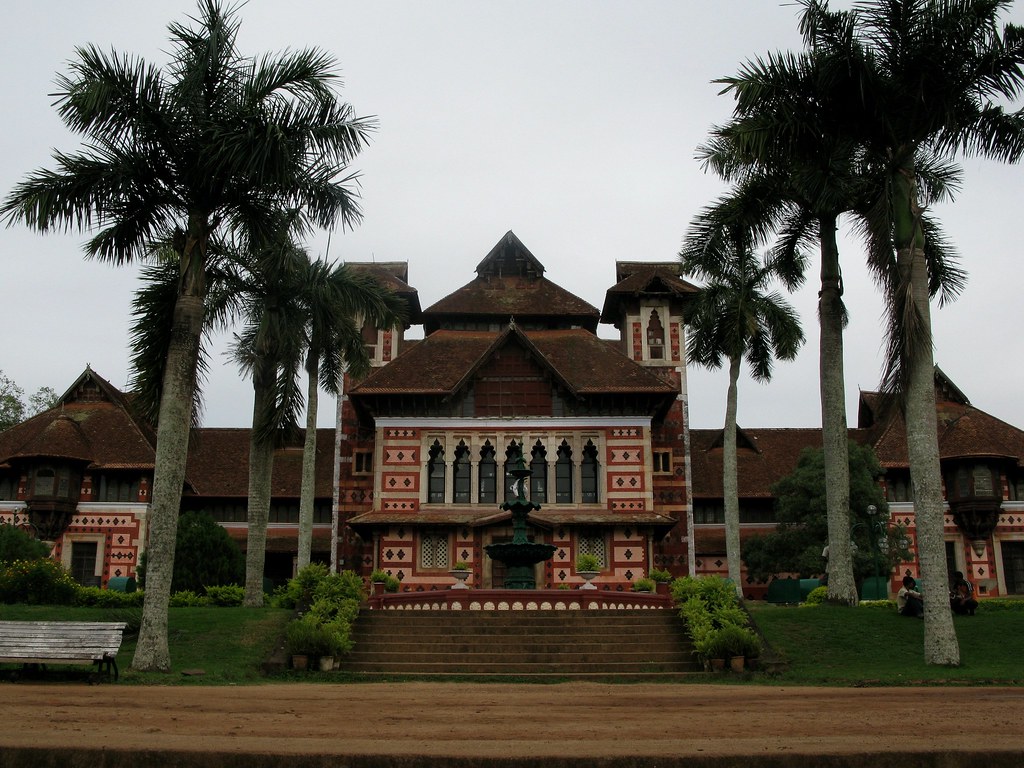
History
Napier Museum is an iconic museum in India located in the heart of Thiruvananthapuram, the capital city of the southern Indian state of Kerala. The museum was established in 1855 and was named after Lord Napier, the then Governor of Madras.
The Napier Museum is home to a vast collection of ancient and contemporary artifacts, including sculptures, paintings, and other cultural treasures. The museum’s collection of bronze sculptures is particularly noteworthy, with pieces dating back to the 8th century.
The museum is also known for its collection of traditional Kerala architecture, with exhibits of ancient wooden carvings, murals, and other art forms that showcase the state’s rich cultural heritage. The museum’s art gallery features works by some of the most prominent artists from Kerala and other parts of India.
One of the highlights of the museum is the Sree Chitra Art Gallery, which houses a collection of paintings by Raja Ravi Varma, one of India’s most celebrated artists. The gallery also features works by other notable artists such as Rabindranath Tagore and Jamini Roy.
Operational Hours: 10 am to 4:45 pm (Closed on Mondays)
Location: Museum Road, Thiruvananthapuram
Time Required: 2-3 hours
Best Time to Visit: October to March
What’s Special: The museum has several galleries dedicated to different subjects, such as art, natural history, and archaeology. It has a rare collection of bronze sculptures, ivory carvings, and ornaments.
Prince of Wales Museum, Mumbai
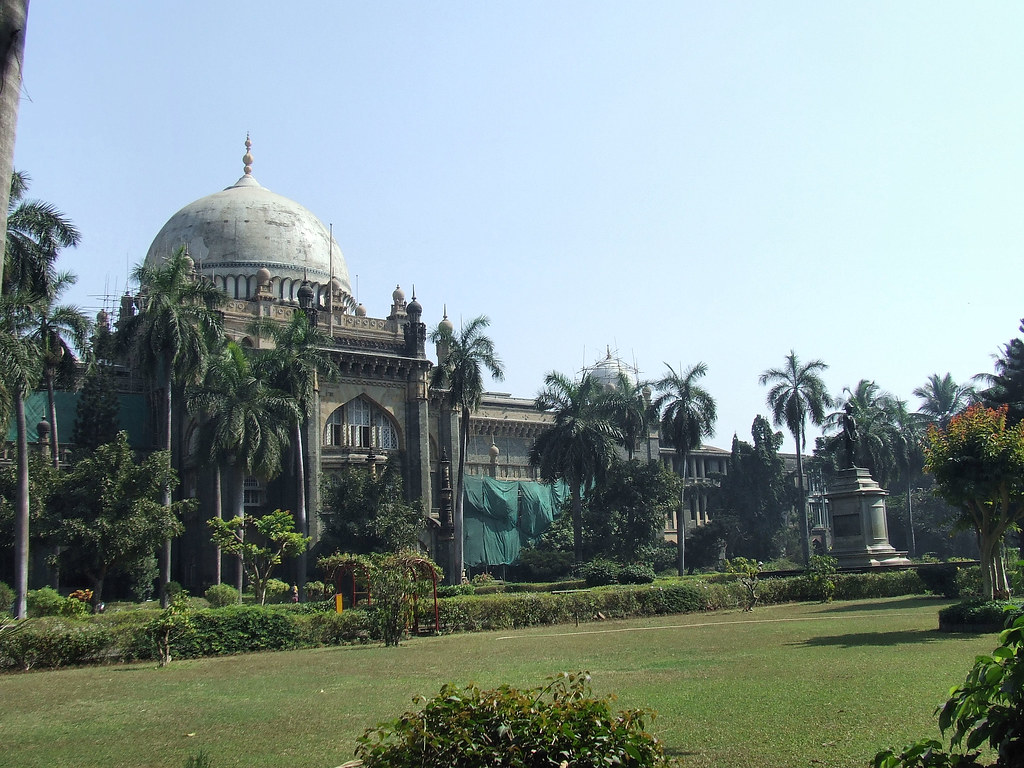
History
The Prince of Wales Museum, now known as the Chhatrapati Shivaji Maharaj Vastu Sangrahalaya, was established in 1905 to commemorate the visit of Prince George V, who later became King George V, to India. The museum was designed by the Scottish architect George Wittet and was completed in 1914.
Initially, the museum was a multi-purpose institution with a natural history section, an art gallery, and an industrial section. It was only in 1922 that the museum was split into the departments of art and archaeology, natural history, and industry.
Over the years, the museum has acquired many significant collections, including the art collection of Sir Ratan Tata and the collection of the Indologist Dr. A. H. Longhurst. Today, the museum has over 50,000 exhibits ranging from ancient Indian history to contemporary art.
In 1990, the museum was renamed the Chhatrapati Shivaji Maharaj Vastu Sangrahalaya to reflect the changing political landscape of India. The museum continues to be a major attraction in Mumbai and is considered one of the best museums in India.
Operational Hours: 10:30 am to 6 pm (Closed on Mondays)
Location: Panhala Fort, Kolhapur
Time Required: 2-3 hours
Best Time to Visit: November to February
What’s Special: The museum has several galleries dedicated to different subjects, such as art, natural history, and weapons. It has a rare collection of paintings by Raja Ravi Varma, sculptures from the Hoysala dynasty, and a replica of the Elephanta Caves.
Sulabh International Museum of Toilets, New Delhi

History
The Sulabh International Museum of Toilets is a unique museum in New Delhi, India, dedicated to the history and evolution of toilets and sanitation practices. The museum was established in 1992 by Dr. Bindeshwar Pathak, the founder of Sulabh International, a non-profit organization dedicated to promoting sanitation and public health in India.
The idea for the museum came to Dr. Pathak when he was researching the history of sanitation practices in India and realized that there was no museum or documentation dedicated to this important aspect of human life. The museum was created with the aim of educating the public about the importance of toilets and sanitation, and to provide a platform for research and development in this field.
The museum features a collection of over 4,000 exhibits, including ancient and modern toilets, toilet-related artifacts, photographs, and posters. The exhibits are arranged chronologically and geographically, showcasing the evolution of toilets and sanitation practices from ancient times to the modern era. The museum also features a section dedicated to the toilets and sanitation practices of various countries around the world.
One of the highlights of the museum is the replica of the throne-like toilet used by King Louis XIII of France, which dates back to the 17th century. Other interesting exhibits include a toilet made of solid gold, toilet seats made of precious stones and metals, and a rare collection of chamber pots.
Operational Hours: 10:30 am to 5 pm (Closed on Sundays and national holidays)
Location: Sulabh Bhawan, New Delhi
Time Required: 1-2 hours
Best Time to Visit: October to March
What’s Special: The museum has several exhibits that showcase the evolution of toilets and sanitation systems. It has a rare collection of toilet seats, flush tanks, and urinals from different parts of the world.
Museo Camera, Gurugram
History
Museo Camera is a museum dedicated to photography located in Gurugram, a city in the Indian state of Haryana. The museum was inaugurated in October 2017 and is one of its kind in India. It is a non-profit museum and has an extensive collection of vintage and modern cameras, lenses, and other photography-related equipment. The museum aims to showcase the history of photography and its evolution in India.
The idea of creating a photography museum in India was conceived by Aditya Arya, a photographer, and visual historian. He has been collecting vintage cameras and other photography equipment for over 40 years. The museum is housed in a restored heritage building in the heart of Gurugram and spans over 15,000 square feet.
The museum’s collection includes over 1,000 vintage cameras, some of which date back to the 1800s. It also has a vast collection of lenses, film rolls, and other photography-related equipment. The museum also has a darkroom where visitors can learn about the process of developing photographs using traditional techniques.
Apart from the collection, the museum also offers workshops, talks, and exhibitions related to photography. The museum hosts various events and workshops for students, photographers, and enthusiasts to learn and explore the world of photography. The museum also has a café where visitors can relax and enjoy a cup of coffee while admiring the beautiful photography-themed artwork.
Operational Hours: 11 am to 7 pm (Closed on Mondays)
Location: DLF Phase 5, Gurugram
Time Required: 1-2 hours
Best Time to Visit: October to March
What’s Special: The museum has several galleries that showcase the history of photography in India. It has a rare collection of vintage cameras, photographs, and negatives.
FAQs
What is the oldest museum in India?
The Indian Museum in Kolkata is the oldest museum in India, established in 1814.
Which museums in India has the largest collection of artifacts?
The Indian Museum in Kolkata has the largest collection of artifacts, with over 102,000 items.
Are these museums open on national holidays?
Most of these Museums in India are closed on national holidays. Visitors should check the specific museum’s operational hours before planning their visit.
Are photography allowed inside the museums?
Photography may be allowed in some museums, but visitors should check with the museum staff beforehand.
Are there any special events or exhibitions held at these museums?
Many of these Museums in India host special events and exhibitions throughout the year. Visitors can check the museum’s website or social media pages to stay updated on upcoming events.
Conclusion
India has a rich cultural heritage, and its museums are a testimony to that. The top 15 popular museums in India that we have listed in this article are must-visits for anyone who wants to explore India’s history, art, and culture. Each of these Museums in India has a unique collection of artifacts that reflects India’s diversity and richness.




